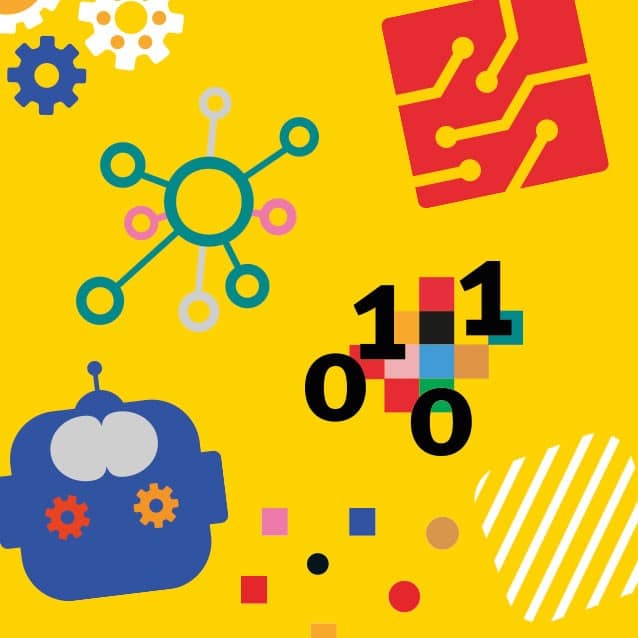Transcreation and multilingual copywriting have similar purposes: to deliver customized content that meets the expectations of a specific local audience. To reach that, you need more than rewriting your content in a language that potential and existing local customers are comfortable using. Cultural differences also matter, so you want to consider aspects like positioning, prices, and advertising techniques specific to each market.
Why is local content so important? People feel they miss important information when you don’t communicate with them in their native languages. As much as 65% of international internet users prefer content in native languages, even if they’re proficient in English. Using local languages allows you to connect with your audiences and consolidate relationships for long-term growth.
Transcreation and multilingual copywriting play crucial roles in this process, but they address different challenges. And knowing how to leverage these services can help you get more value for your money and level up your international marketing strategy.
Here are some guidelines for understanding when transcreation is the right choice for your marketing strategy and when hiring local copywriters to build content from scratch is a better option.
What’s the Difference between Copywriting and Transcreation?
Multilingual copywriting involves working with local copywriters for every country or region you’re targeting. They combine creative writing with conversion rate optimization techniques to deliver content likely to reach and persuade your target audience to take a particular action. The objective can be to get the audience to click on a link, give their contact information, or even buy something.
In a multilingual copywriting project, you usually provide the copywriter with a brief and some reference materials, and the experts write the text from scratch in the target language. The message will be clear and concise, written to trigger an emotional response.
Transcreation requires copywriting skills, too, but it also incorporates a translation component. It’s still creative writing, but the language expert’s creativity is limited by a brief and the content already written in a different language (usually referred to as the original language). The purpose is to create content that encourages engagement with a similar impact as the original.
When working with transcreators, you provide them with a transcreation brief to guarantee that the translated message is consistent with your brand, the global campaign you’re launching, and your overall business goals.
Transcreation is usually necessary when you plan global campaigns that require a solid common base. Multilingual copywriting is more appropriate for local campaigns that will address each market through a series of personalized, regional messages.
When to Opt for Multilingual Copywriting
You need multilingual copywriting services when your international campaigns require original material developed exclusively for a local audience. Think of content for brochures, one-pagers, product descriptions, social media content, website content, landing pages, email marketing campaigns, ads, sales decks, or sales letters.
In these types of content, you address pain points from different perspectives based on cultural differences and consumption habits specific to each market. The offers might also differ with the region or language, as the consumer’s perception of value varies with their cultural background.
Multilingual copywriting is also useful when adapting your claims to local laws. For example, the Chinese market doesn’t admit superlatives, so your “best” or “greatest” offer could get you into serious trouble.
At the same time, your country of origin can also influence how multilingual buyers perceive your products. So, you might have to tweak your message to counter or leverage stereotypes, fads, and local myths in a case-by-case scenario.
For these situations, you want to work with native-speaker copywriters who have creative writing skills and the cultural insights necessary to craft compelling, well-written texts and trigger the right reactions.
The message is crafted from scratch directly in your local audience’s language, with no room left for ambiguity or miscommunication.
Moreover, with multilingual copywriting, calls to action (CTAs) are specific and tailored to local habits and social norms. Think of Eastern cultures, for example. Too strong, straightforward CTAs like “Schedule a Demo Now” might be perceived as too commanding or even aggressive by an audience for whom politeness is critical.
When Transcreation Helps
Transcreation brings together new content, culturally adjusted terms, and translation. It involves rewriting existing content to keep its meaning intact. Adjustments require copywriting skills, but they can also include choosing culturally-appropriate visuals, changing layouts, and customizing the user experience to facilitate understanding for local audiences.
Transcreators will prioritize readability and relevancy to the word-to-word translation but stay close to the original text to maintain brand consistency. It’s a process that requires communication skills, impeccable language skills, and cultural insights. You can also expect language experts to come up with several alternate translations so that you can pick the version that best communicates your brand in a local language.
Transcreation services help you communicate a unified, global message while building close connections and experiences with your local audience. You won’t modify your core message but simply find the most appropriate words to explain what you stand for and why your brand exists.
Brands can successfully use transcreation for short, creative bits, such as headlines, slogans, mission statements, or claims. This way, they keep an authentic voice and deliver the same message across multiple countries and regions.
A famous example is Nike’s “Dare to Become” tagline — the Chinese version of the well-known “Just do it.” The core message is intact, but the words are more likely to trigger a positive emotion than a word-to-word translation into Chinese.
Final Thoughts
Picking the best strategies when managing multilingual content for international audiences is a challenge within another challenge. Sometimes, you’ll work with local copywriters; for other campaigns, you’ll need a skilled team of transcreators.
That’s why it’s advisable to encourage your core team to work with local experts to best guide your marketing and PR efforts, so you get the best possible results each time.







